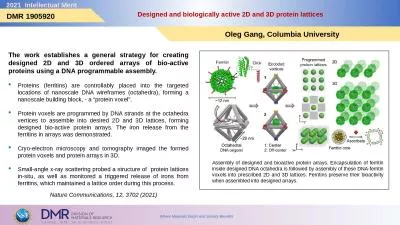PPT-Logic and Lattices for Distributed Programming
Author : pasty-toler | Published Date : 2016-12-23
Neil Conway UC Berkeley Joint work with Peter Alvaro Peter Bailis David Maier Bill Marczak Joe Hellerstein Sriram Srinivasan Basho Chats 004 June 27 2012 Programming
Presentation Embed Code
Download Presentation
Download Presentation The PPT/PDF document "Logic and Lattices for Distributed Progr..." is the property of its rightful owner. Permission is granted to download and print the materials on this website for personal, non-commercial use only, and to display it on your personal computer provided you do not modify the materials and that you retain all copyright notices contained in the materials. By downloading content from our website, you accept the terms of this agreement.
Logic and Lattices for Distributed Programming: Transcript
Download Rules Of Document
"Logic and Lattices for Distributed Programming"The content belongs to its owner. You may download and print it for personal use, without modification, and keep all copyright notices. By downloading, you agree to these terms.
Related Documents

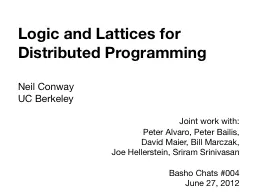
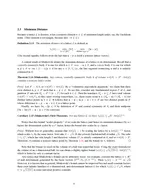


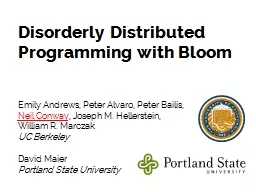
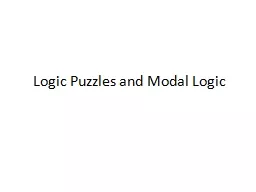
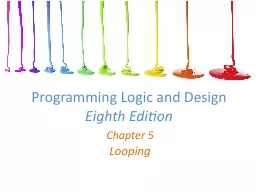
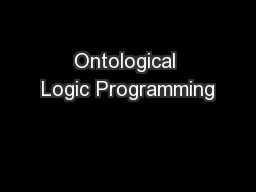
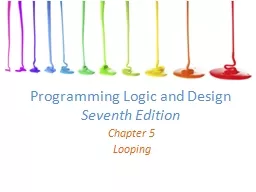

![[FREE]-Programming 16: Python Programming In A Day & C Programming Professional Made Easy](https://thumbs.docslides.com/980148/free-programming-16-python-programming-in-a-day-c-programming-professional-made-easy-c-programming-c-programming-c-programming-language-html-python-python-programming-coding-css-java-php.jpg)
